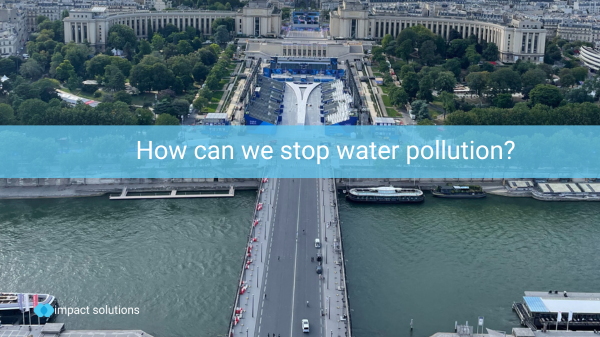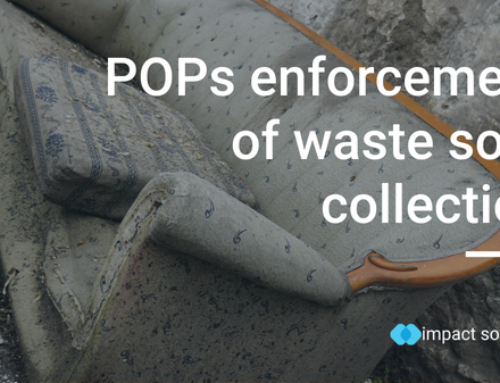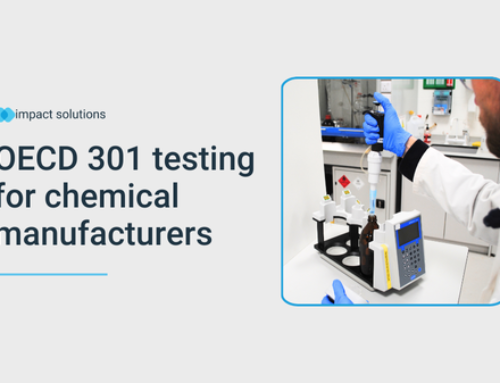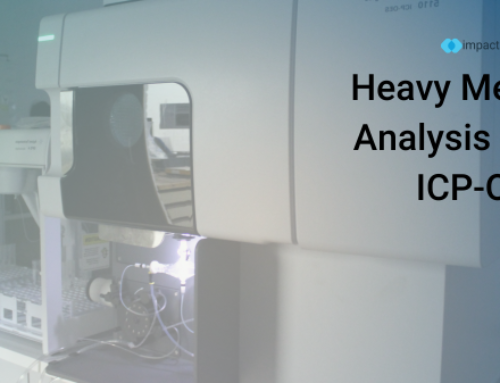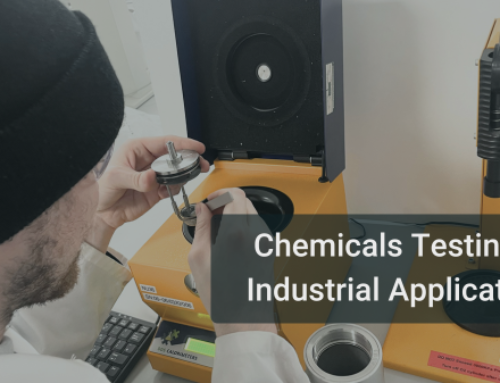How can wastewater testing help stop water pollution?
As water pollution becomes a pressing concern globally, our ability to remain safe and enjoy natural waters like rivers, lakes, and oceans are noticeably becoming a challenge. The recent media attention surrounding the 2024 Paris Olympics has highlighted the poor quality of many natural water systems, including the Seine River. Planned as a location for water sports, the Seine was deemed too polluted to be used safely by athletes.

The Seine River: A Global Wake-Up Call
In preparation for the Paris Olympics, organizers aimed to highlight the rejuvenation of the Seine River, but instead, it became an international symbol of how urban waterways are failing to meet environmental standards. After years of contamination from untreated sewage, industrial waste, and water runoff, the river was deemed unfit for water-based sports like swimming and triathlon events due to high level of E.coli and other bacteria (SkyNews).
While the Paris Olympics was a temporary moment of international attention, the broader problem persists in many other rivers, lochs/lakes, and coastal regions around the world. Untreated water is a growing environmental challenge that threatens biodiversity, public health, and clean water access for millions of people.
The Global Impact of Water Pollution
Water pollution in UK’s rivers and lakes is a significant concern. The main pollutants include untreated or poorly treated sewage, containing undegraded ingredients from pharmaceuticals and personal care products, agricultural runoff, industrial chemicals. This affects natural ecosystems and directly harms human populations. It leads to the release of chemical substances into the environment, proliferation of harmful pathogens, depletes oxygen in water bodies, and promotes the growth of toxic algae, all of which can destroy aquatic life and compromise drinking water sources.
Many waterways, like the Seine, are often burdened with high levels of Biochemical Oxygen Demand (BOD) and harmful bacteria, such as E. coli, that make them unsuitable for human use. Without adequate treatment, the waste we discharge into rivers and lakes flows downstream, impacting far larger ecosystems and communities.
The Need for Immediate Action: Wastewater Testing
Impact Solutions understand the urgency of providing water testing to support the improvement of these challenges with water pollution. Our team of dedicated scientists can provide reliable, accurate testing of effluents and industrial wastewater to ensure that it is treated properly before being released into the environment. One of the key methods we use is Biochemical Oxygen Demand (BOD5) analysis, which measures the relative amount of dissolved oxygen consumed by microorganisms to fully oxidize all organic matter in water samples. High BOD water levels indicate high levels of organic contamination, which not only severely degrades the water quality but may also lead to eutrophication- a process of increased algae and plant growth. This process takes place when the environment becomes enriched with nutrients and extensive growth of microorganisms, usually observed as a harmful algal bloom. This phenomenon results in oxygen depletion in water and therefore causes negative impact to other water organisms.
In addition to BOD5 testing, we also offer analysis according to OECD 301F and ISO 14851 standards, which assess ready and ultimate aerobic biodegradability of plastic materials in an aqueous medium. These methods are particularly crucial in understanding biodegradation of chemicals used in cleaning and personal care products, and other substances entering wastewater treatment plants that persist in the wastewater treatment process and are released to the environment.
Which wastewater analysis test method is most suitable for you?
The most appropriate test method depends on the substance being tested and the environmental aspect of interest. BOD5 is used for measuring wastewater samples from a sewage treatment plant or distillery whereby the water quality and the effectiveness of wastewater treatments are assessed by oxygen demand from microorganisms. OECD 301F measures the ready biodegradability of chemical substances in water for organic matter break down when exposed into the environment. Substances may include polymers in liquid formulations, for instance nail varnish, hair dye or toilet fluid, knowing the biodegradability will determine their impact to the water environment. A substance is considered “readily biodegradable” if it achieves 60% degradation of theoretical oxygen demand (ThOD) or CO₂ production. ISO 14851 measures the ultimate biodegradability of plastic materials by measuring oxygen consumption. This method applies to natural and synthetic polymers, water-soluble polymers and plastics materials containing additives/plasticizers. Tested material is exposed to microorganisms in an aqueous medium and the oxygen demand is monitored as the material is degraded. Biodegradability is expressed as a percentage of oxygen consumption relative to the theoretical oxygen demand (ThOD) of the material.
How to arrange wastewater testing?
Effective wastewater treatment ensures that pollutants are identified, measured, and managed before they can cause lasting damage. By conducting regular wastewater testing of the incoming sewage vs the effluent water, businesses, local councils and governments and industries can better monitor their impact on local water systems and implement targeted strategies for water treatment.
If you would like to find out how to begin ensuring your wastewater can be free from pollution, please get in touch with one of our experts who can guide you to the most suitable test, contact us today. Together, we can help protect our water from pollution.

